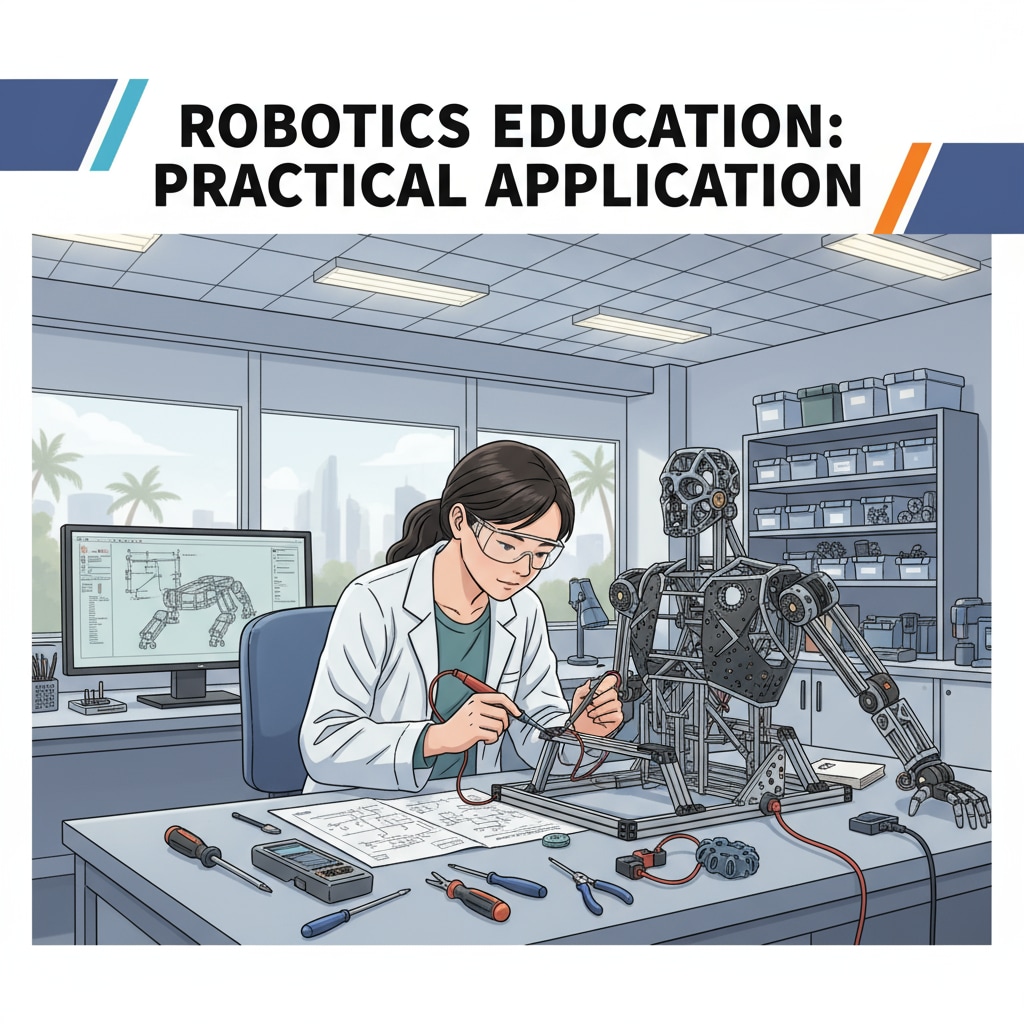Robotics, computer science, study abroad, and student loans are crucial aspects for students aiming to pursue a master’s degree in robotics overseas, especially when local educational resources are scarce. For K12 students with a passion for robotics, the journey to an overseas education can be both exciting and challenging. Let’s explore how to navigate this path.

From Interest to Action: Cultivating a Foundation in Robotics
First and foremost, it’s essential to nurture the initial interest in robotics. K12 students can start by engaging in robotics clubs or competitions at school or in the local community. These activities provide hands – on experience and exposure to different aspects of robotics, from building simple robots to programming their movements. For example, participating in FIRST Robotics Competition can give students a taste of real – world robotics challenges. FIRST Robotics Competition details
In addition, self – study is a valuable tool. Online platforms like Coursera and edX offer introductory courses in computer science and robotics. These courses cover fundamental concepts such as programming languages (e.g., Python), which is widely used in robotics, and basic robotic principles. By building this foundation, students can better understand the field and decide if it’s the right path for them.
Researching Overseas Programs: Aligning with Career Goals
Once a solid foundation is established, it’s time to research overseas robotics master’s programs. Look for universities with strong reputations in robotics and computer science. Institutions like Carnegie Mellon University in the United States are renowned for their robotics research and education. Carnegie Mellon’s Robotics Program
Consider factors such as the curriculum, faculty expertise, research facilities, and industry connections of the programs. A program with a curriculum that combines theoretical knowledge with practical projects will be more beneficial. For instance, some programs offer internships with leading robotics companies, providing students with valuable industry experience.

Another important aspect is to align the program with your long – term career goals. If you aim to work in the field of autonomous vehicles, look for programs that focus on related research areas such as computer vision and sensor technology.
Financial Considerations: Balancing Dreams with Student Loans
Studying abroad can be expensive, and for many students, student loans become a necessary option. When considering student loans, it’s crucial to understand the terms and conditions. Research different loan providers, both local and international. Some countries offer government – sponsored student loans with favorable interest rates.
Calculate the total cost of the program, including tuition fees, living expenses, and other miscellaneous costs. Create a budget to manage your finances during your overseas study. Additionally, explore scholarship opportunities. Many universities and organizations offer scholarships for international students studying robotics and related fields. This can significantly reduce the financial burden.
Readability guidance: As we’ve seen, planning an overseas robotics education in a resource – limited environment requires careful consideration of multiple aspects. From building a foundation in the early years to researching suitable programs and managing finances, each step is crucial. By following these strategies, K12 students can turn their dreams of studying robotics overseas into a reality.


